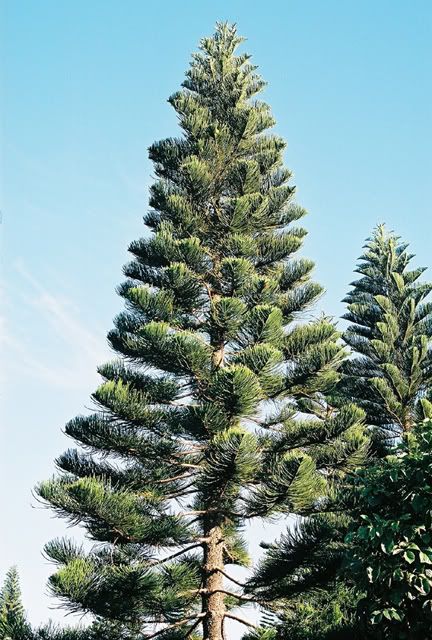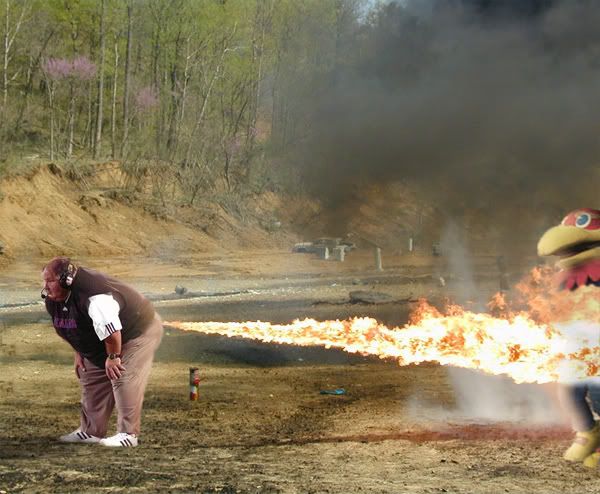The Pine:
Pines are coniferous trees in the genus Pinus, in the family Pinaceae. They make up the monotypic subfamily Pinoideae. There are about 115 species of pine, although different authorities accept between 105 and 125 species.
Distribution:
Pines are native to most of the Northern Hemisphere. In Eurasia, they range from the Canary Islands and Scotland east to the Russian Far East, and the Philippines, north to just over 70°N in Norway (Scots Pine) and eastern Siberia (Siberian Dwarf Pine), and south to northernmost Africa, the Himalaya and Southeast Asia, with one species (Sumatran Pine) just crossing the Equator in Sumatra to 2°S. In North America, they range from 66°N in Canada (Jack Pine) south to 12°N in Nicaragua (Caribbean Pine). The highest diversity in the genus occurs in Mexico and California.
Pines have been introduced in subtropical and temperate portions of the Southern Hemisphere, including Chile, Brazil, South Africa, Australia, and New Zealand, where they are grown widely as a source of timber, and some species are becoming invasive.
Morphology
Pines are evergreen and resinous trees (rarely shrubs) growing to 3–80 m tall, with the majority of species reaching between 15-45 m tall. The smallest are Siberian Dwarf Pine and Potosi Pinyon, and the tallest, Sugar Pine. Pines are long-lived, typically reaching ages of 100–1,000 years, some even more. The longest-lived is the Great Basin Bristlecone Pine Pinus longaeva, one individual of which at 4,840 years old in 2008 is one of the oldest living organisms in the world.
The bark of most pines is thick and scaly, but some species have thin, flaking bark. The branches are produced in regular "pseudo whorls", actually a very tight spiral but appearing like a ring of branches arising from the same point. Many pines are uninodal, producing just one such whorl of branches each year, from buds at the tip of the year's new shoot, but others are multinodal, producing two or more whorls of branches per year. The spiral growth of branches, needles and cone scales are arranged in Fibonacci number ratios. The new spring shoots are sometimes called "candles"; they are covered in brown or whitish bud scales and point upward at first, then later turn green and spread outward. These "candles" offer foresters a means to evaluate fertility of the soil and vigour of the trees.
Pines have four types of leaves:
* Seed leaves (cotyledons) on seedlings, borne in a whorl of 4-24.
* Juvenile leaves, which follow immediately on seedlings and young plants, 2-6 cm long, single, green or often blue-green, and arranged spirally on the shoot. These are produced for six months to five years, rarely longer.
* Scale leaves, similar to bud scales, small, brown and non-photosynthetic, and arranged spirally like the juvenile leaves.
* Needles, the adult leaves, which are green (photosynthetic), bundled in clusters (fascicles) of (1-) 2-5 (-6) needles together, each fascicle produced from a small bud on a dwarf shoot in the axil of a scale leaf. These bud scales often remain on the fascicle as a basal sheath. The needles persist for 1.5-40 years, depending on species. If a shoot is damaged (e.g. eaten by an animal), the needle fascicles just below the damage will generate a bud which can then replace the lost leaves.
Uses
Pines are among the most commercially important of tree species, valued for their timber and wood pulp throughout the world. In temperate and tropical regions, they are fast-growing softwoods that will grow in relatively dense stands, their acidic decaying needles inhibiting the sprouting of competing hardwoods. Commercial pines are grown in plantations for timber that is denser, more resinous, and therefore more durable than spruce (Picea). Pine wood is widely used in high-value carpentry items such as furniture, window frames, paneling, floors and roofing.
The resin of some species is an important source of turpentine. See also pitch.
Many pine species make attractive ornamental plantings for parks and larger gardens, with a variety of dwarf cultivars being suitable for smaller spaces. Pines are also commercially grown and harvested for Christmas trees. Pine cones, the largest and most durable of all conifer cones are craft favorites. Pines boughs, always appreciated, especially in wintertime for their pleasant smell and greenery, are popularly cut for decorations.
Because this coniferous species has no insect or decay resistance qualities after logging, it is generally recommended for construction purposes as indoor use only (ex. indoor drywall framing). This wood left outside can not be expected to last more than 12-18 months depending on the type of climate it is exposed to. It is commonly referred to as several different names which include North American timber, SPF (spruce, pine, fir) and whitewood.
Pine needles serve as food for various Lepidoptera. See List of Lepidoptera which feed on Pines.




 desslock has been gone waaaay too long.
desslock has been gone waaaay too long.
